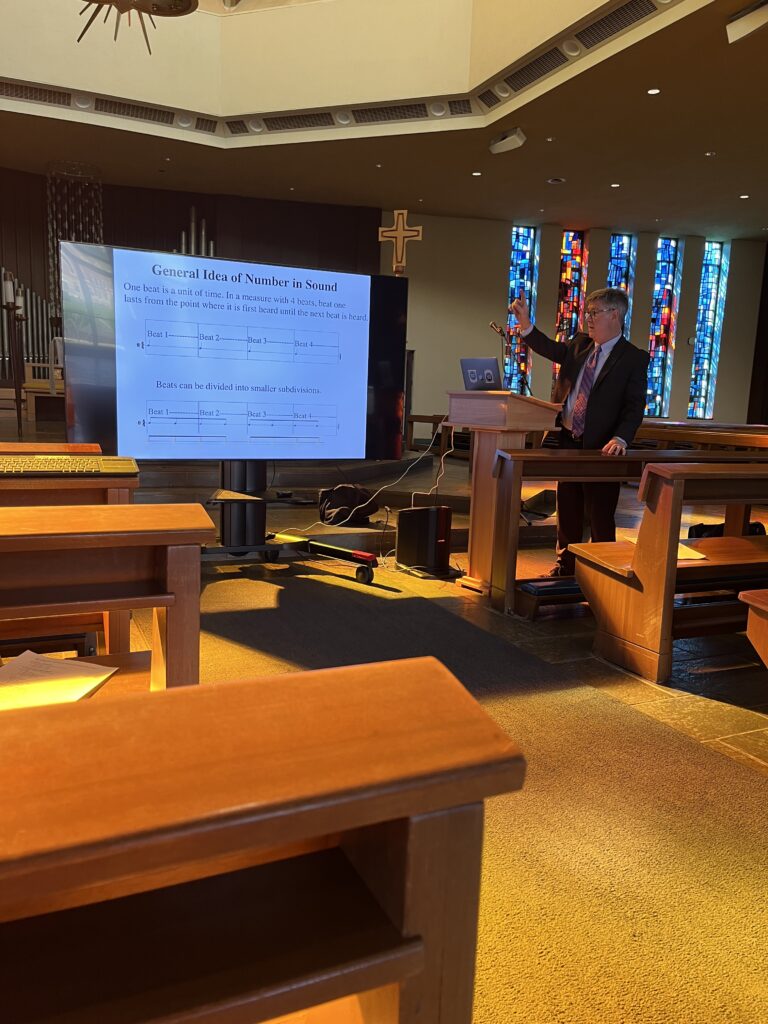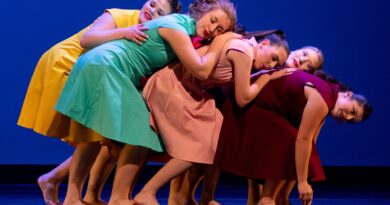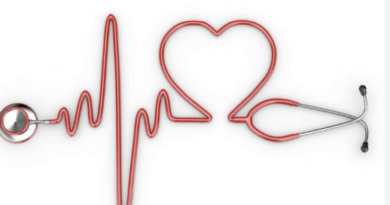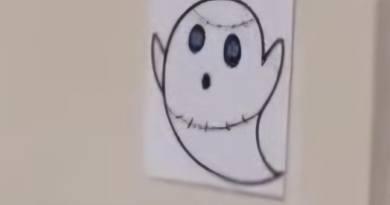“Listening is Not Hearing:” Listening from a New Perspective
Written By Norah Smith
On April 18, 2023, I attended the second lecture in the two-part lecture series “Listening is Not Hearing” by Yale professors Linda Honan and Thomas Duffy. This lecture focused on improving the diagnostic skills of nursing and medical students by connecting their studies to visual art and music. Duffy, professor of music and former Dean of the School of Music at Yale University, presented his half of the lecture, which focused on auscultation, or the auditory examination of the lungs, bowel, and heart. Honan, who presented her half earlier in the semester, focused on visual art, connecting the examination of paintings to physical examinations of her clinical students’ patients.
One of the main arguments of this lecture was the idea that once someone sees something, they can not “unsee” it. The same applies to music, where once someone hears something, they cannot “unhear” it. Duffy provided an example of this idea by playing a piece he had written to commemorate the 40th anniversary of Yale’s orchestra. On first listen, nothing, in particular, stood out—it sounded like a normal orchestral arrangement. Duffy then went on to explain that the arrangement was inspired by the song “Happy Birthday,” and then replayed the piece. Lo and behold, I could not “unhear” the familiar tune!
Duffy then explained how he connected this idea to auditory examinations. Duffy recreated regular and irregular bowel, heart, and lung sounds artificially using music software, with various instruments and sounds representing the different sounds of the body. A high glockenspiel, for example, was used to emulate wheezing in the lungs. Various clicks and percussion instruments, for another, were used to exemplify bowel sounds. For heart sounds, Duffy showed how each ailment sounded at different bpm by changing the notes’ time signature or emphasizing certain notes to emulate how the sounds varied depending on stethoscope placement. Once we had listened to the artificial sounds a few times, we listened to real sounds recorded by stethoscopes and were tasked with identifying what was irregular. To my surprise, I caught on quite fast, as did the rest of the students in attendance.
Another thing that was interesting to learn about was how Duffy and Honan presented this lecture to a variety of audiences, including doctors, nurses, and medical assistants in China. Some doctors flew to Yale to learn the material in more depth and spread the information back to China, as well. Though there were a few hiccups due to cultural differences, for the most part, the lecture went over very well and will hopefully be useful in China’s fast-paced doctor’s offices.
Though the lecturer’s primary audience was students with a background in medicine, I found the lecture quite accessible to any audience. If you had told me before this lecture that I, an English major, would be able to distinguish between the sound of an S4 gallop and an intermittent S4, I would not have believed you! It is a shame that this lecture will not be presented for much longer, as Duffy jokingly explained that Honan is retiring and that he is tired. If this lecture does return to USJ, I highly recommend that students of all majors attend—diagnostic skills are important for every field. Who knows what you will be able to “unhear?”
Featured Photograph: Norah Smith




